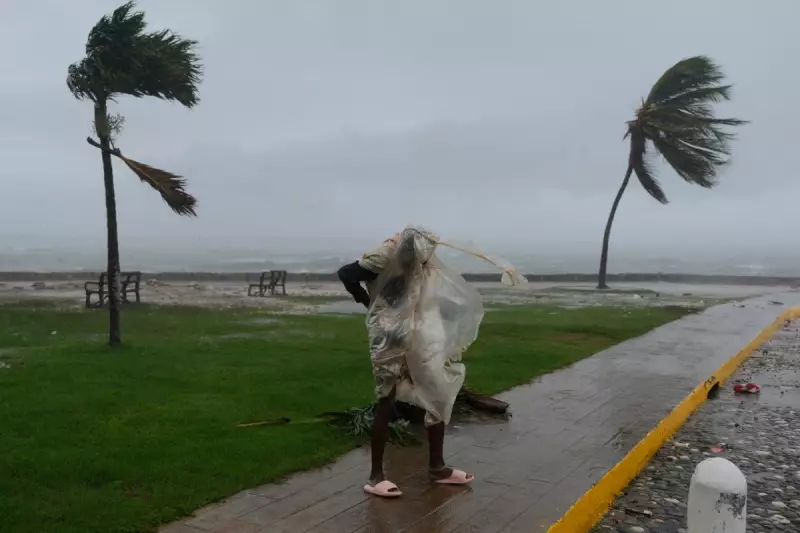
A stark new scientific study has sent shockwaves through the climate science community, suggesting the Atlantic Ocean's crucial current system could be heading for catastrophic collapse much sooner than previously anticipated.
The Tipping Point Is Closer Than We Thought
Research published in the journal Nature Communications indicates the Atlantic Meridional Overturning Circulation (AMOC) - often described as the planet's heat distribution system - could collapse between 2025 and 2095. The most likely timeframe centres around mid-century, with 2057 emerging as a potential tipping point.
This vital ocean conveyor belt transports warm tropical waters northward toward Europe while sending colder waters south, playing a critical role in regulating global climate patterns.
What Would Collapse Mean for Britain and Europe?
The consequences of an AMOC shutdown would be nothing short of dramatic for the UK and neighbouring countries:
- Plummeting temperatures across much of Europe, particularly affecting Britain and Scandinavia
- Radical shifts in rainfall patterns that could devastate agricultural systems
- Increased winter storms and extreme weather events
- Rising sea levels along North American coastal cities
Professor Peter Ditlevsen of the University of Copenhagen, who led the research, emphasised the gravity of the findings: "This is really scary. It's something we simply cannot allow to happen. We need to take climate change much more seriously."
Sea Temperatures Provide Early Warning Signs
The research team analysed 150 years of sea surface temperature data, identifying early warning signals that suggest the AMOC is becoming increasingly unstable. Their statistical model points toward a potential collapse that could occur with little additional warning.
While some scientific peers have expressed caution about the precise timeline, there's broad agreement that the AMOC is weakening and represents one of the most significant climate tipping points facing our planet.
The study underscores the urgent need for accelerated climate action and deeper emissions reductions to prevent crossing this dangerous threshold that could irreversibly alter weather patterns across the Northern Hemisphere.





